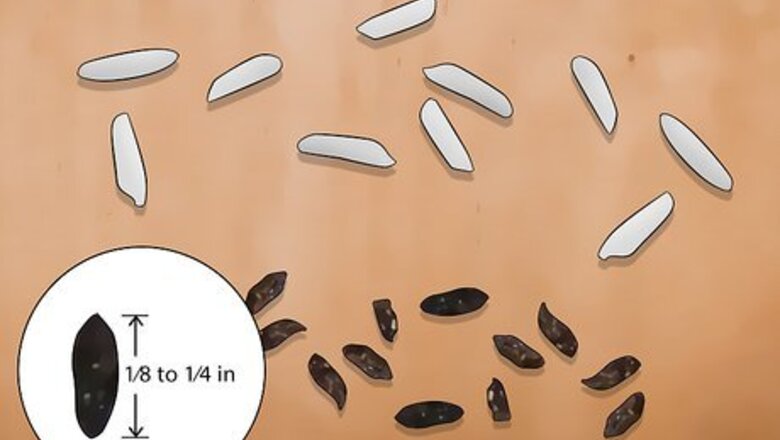
views
How do you identify mouse droppings?
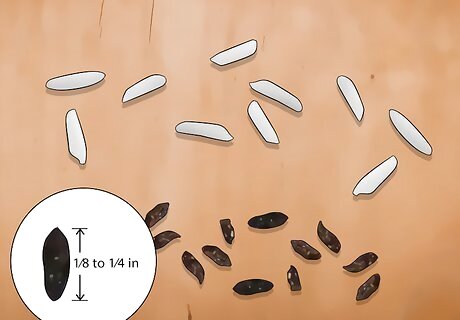
The droppings are smaller than a piece of white rice. Mouse droppings are shaped like pellets and are about ⁄8 to ⁄4 in (0.32 to 0.64 cm) long. The scat may also taper off on the ends. Mouse droppings are only about 1-2 millimeters thick.
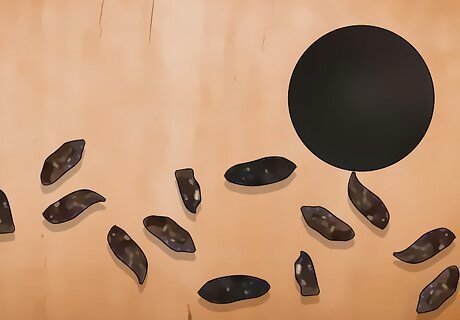
The droppings look very dark. Mouse poop is typically black, but this isn’t a hard-and-fast rule—it really depends on what the critters are snacking on. Older, less fresh scat will be a gray color and may seem dusty and crumbly. Newer scat will have a shine to it. In some lighting, mouse droppings can look dark brown.
How do you identify rat droppings?

The pieces of scat are similar in size to a raisin. The droppings are thicker and longer than a piece of white rice and are rounded at the ends. On average, they’re around ⁄2 to ⁄4 in (1.3 to 1.9 cm) long. Rat droppings can be at least 3 millimeters wide. Some droppings might be tapered on 1 end and rounded on the other.
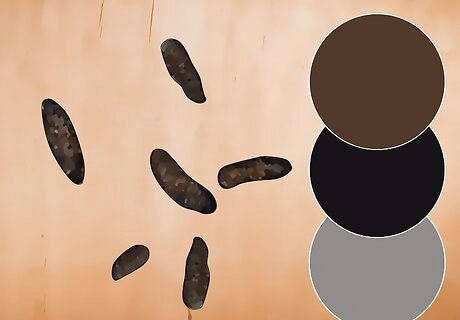
The droppings are usually brown, black, or gray. Brand-new droppings feel slimy on the surface and have a putty-like consistency. Older scat looks dried-out and gray, and may seem crumbly at a glance.
Can you get sick from rodent droppings?

Yes, you definitely can. Rodent droppings can carry a number of diseases, like Hantavirus Pulmonary Syndrome, Lassa Fever, Hemorrhagic Fever with Renal Syndrome, Lymphocytic Chori-meningitis, South American Arenaviruses, and more. You can catch one of these illnesses just by breathing in scat-contaminated dust or by accidentally touching the droppings. South American arenaviruses include Argentine hemorrhagic fever, Bolivian hemorrhagic fever, Sabiá-associated hemorrhagic fever, and Venezuelan hemorrhagic fever.
What should I do if I find rodent poop?
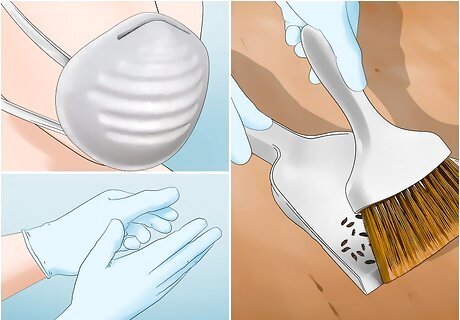
Protect yourself from any potential contamination. Slip on a pair of disposable gloves, so you don’t have to handle the rodent waste directly. For extra protection, slide on a mask. If you can, open up any nearby doors or windows about a half-hour before you start cleaning to get some fresh air flowing through your cleaning space.
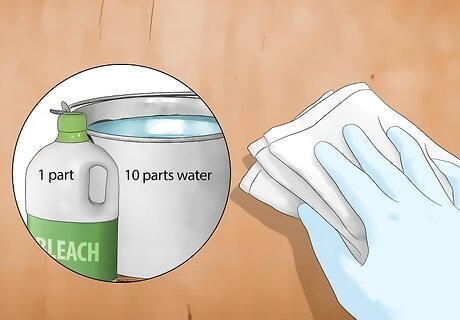
Sanitize the contaminated area with diluted bleach. The CDC recommends spritzing the soiled area with a standard disinfectant or a diluted bleach mixture. Lift up any rodent waste with a clean paper towel and throw it away. A diluted bleach mixture should have a 1:10 bleach to water ratio. If you’re using a standard disinfectant, check the label to see how much it has to be diluted. You might also have to wait a certain amount of time for the chemicals to completely sanitize the area.
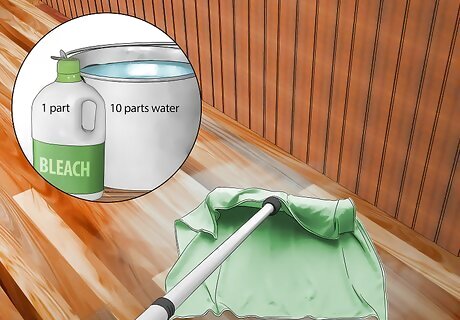
Disinfect the surrounding items and living space with diluted bleach. Take look at the surrounding space where you found the droppings—are there any items that were close to the mess? In an abundance of caution, wipe down all of these objects with a disinfectant to make sure they aren’t carrying any germs or diseases. Then, mop over all the surrounding floors and wipe down all the surfaces with the same diluted bleach mixture or commercial disinfectant that you used earlier. If needed, use a steam cleaner or upholstery shampoo to sanitize any potentially contaminated furniture. If you found droppings near your bed, strip the sheets and blankets and wash them on a hot water cycle.
Can I vacuum rodent droppings?
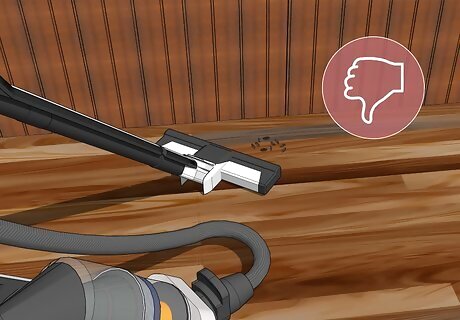
You can, but it isn’t a good idea. Vacuuming may get rid of the droppings, but it will also disturb a lot of potentially disease-contaminated dust. Stick with a paper towel along with a disinfectant or diluted bleach solution, which should be less of a breathing hazard. On a similar note, try not to sweep up the droppings with a broom and dustpan, either. Expert Answer Q How can I dispose of the rat droppings? James Sears James Sears House Cleaning Professional James Sears leads the customer happiness team at Neatly, a group of cleaning gurus based in Los Angeles and Orange County, California. James and the team have nine years of experience and offer green cleaning, interior and exterior window washing, and general apartment cleaning services. He provides transformative cleaning experiences by reducing clutter and renewing your home environment. James is a Trustee Scholar at the University of Southern California. James Sears EXPERT ADVICE Answer from James Sears: Spray bleach solution on the rat droppings and affected area. Pick up the droppings using your gloves and paper towels. Place the droppings into a plastic garbage bag and dispose of them immediately into the garbage outside. Reapply bleach to the affected area until sanitized. Next, rinse the bleach with water, and dry appropriately with paper towels.
What are some other signs of a rodent infestation?
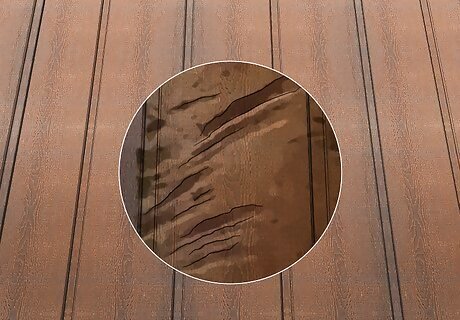
Search for signs of gnaw marks. Rats and mice are infamous for their gnawing skills; with this in mind, don’t be surprised if you see some tell-tale nibbles in your bags of food, Rodents may also gnaw through non-edible items, like your floors and walls, in order to sneak into your home. Unfortunately, a little damage can go a long way. Believe it or not, mice can shimmy through holes that are less than 1 in (2.5 cm) wide, while rats can push through openings that are about 1.2 in (3.0 cm) wide.
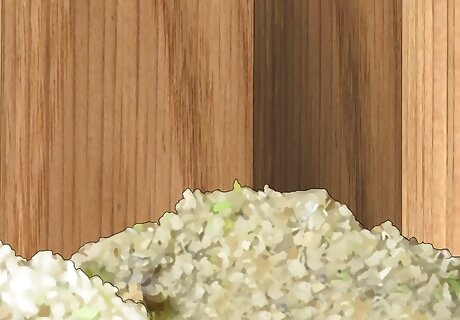
Look for loose nesting materials in your home used by mice. House mice really love to cozy up in “nests” that are made from loose, soft scraps of material around your home, like cotton, insulation, strips of paper, and fabric. Keep a close eye on the floor for small pieces of these materials around your home; if you spot some, there’s a good chance that there are rodents nearby. In general, all rodents prefer dark and isolated spots where they won’t be bothered. You’ll probably find a mouse nest in this kind of spot.
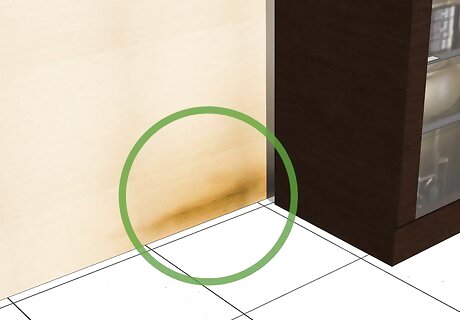
Spot greasy or dirty smudges along the walls and floor made by rats. Rats are notorious for their oily fur, and they often create greasy smudges as they scurry around your home. If you notice any of these greasy spots around your home, there’s a chance that you’re dealing with rats.
How do you deal with a rodent infestation?
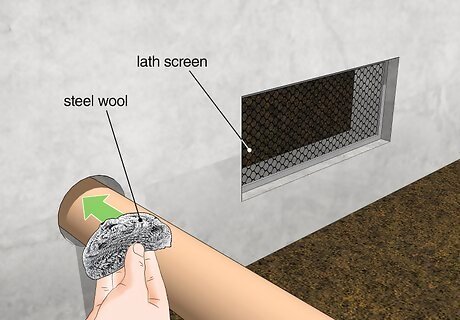
Block off entry points into your home. Inspect every section of your home for possible openings. In fact, the CDC recommends inspecting your kitchen cabinets, stove, refrigerator, fireplace, doors, pipes, vents, attic, cellar, and crawl space. Smaller gaps can be plugged up with steel wool and caulk, while bigger holes can be covered up with lath screen, hardware cloth, cement, or sheets of metal. Be sure to check outside your home for possible entry points, too! Rodents can sneak in through your roof, windows, vents, and utility lines. In fact, some crafty critters can squeeze through gaps in your foundation or even beneath doors.
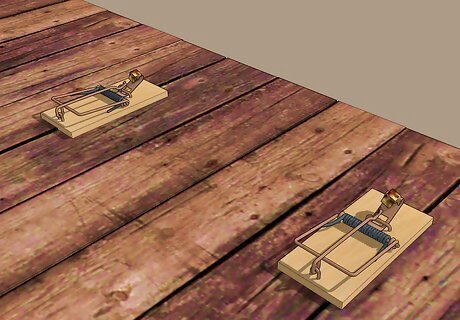
Set up snap traps. Add a pea-sized amount of peanut butter to each snap trap and place them perpendicular to the walls (creating a “T” shape). Arrange these traps around some of the rodents’ favorite hangouts, where you and your fellow household members don’t spend as much time. This might be in your attic, around the cellar, or somewhere in a crawlspace. Don’t be discouraged if the traps don’t work right away. Rats tend to be super careful and probably won’t get trapped immediately.
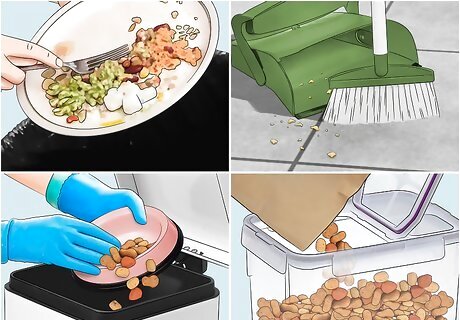
Clear away any nesting or food sources around your home. Transfer your food to really sturdy containers—metal and thick plastic are excellent materials to consider. To get rid of further rodent temptation, be sure to sweep up any food messes; clean off your grill; store any loose, uneaten pet food and dump out any leftover water; place bird feeders a good distance from your home; store compost at least 100 ft (30 m) away; and use secure, sealing garbage lids for your cans. The CDC suggests getting rid of any potential nesting spots around your home, like stacks of firewood, garbage cans, bundles of hay, unused tires, and tall grass or shrubs.












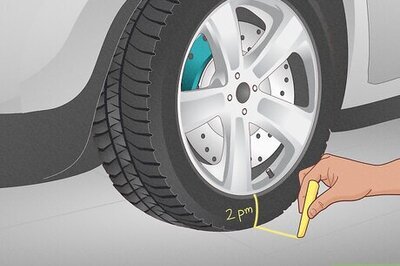







Comments
0 comment